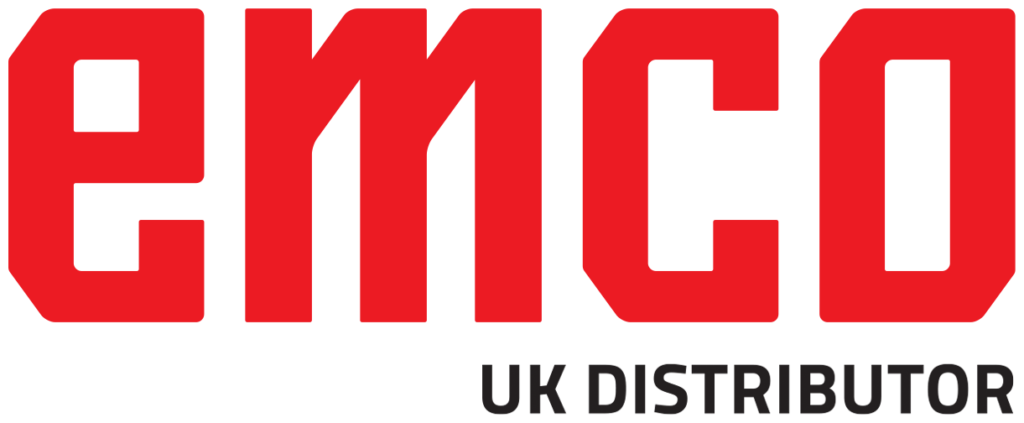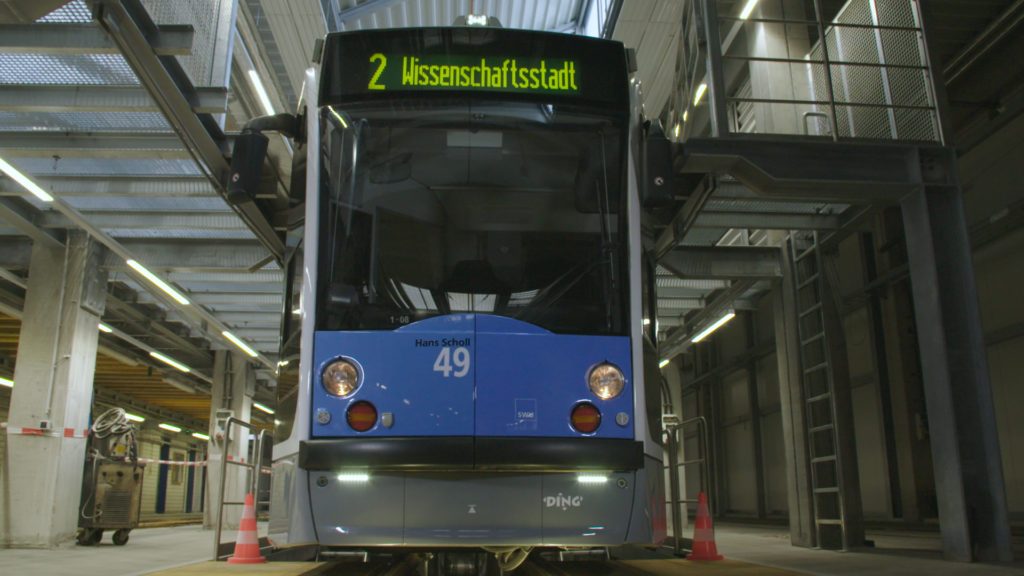Siemens Mobility is a company that builds on mobility concepts that have the potential to make transportation and the business models therein more efficient and innovative. When they partnered with SWU Verkehr GmbH in 2003, they had one main goal, and that was to keep vehicle availability as high as possible.
The first project these two companies partnered on involved adding additional operating elements into the armrests that utilized the printing capabilities of the Stratasys Fortus 900mc FDM machine. The 3D printing process allows for parts customization, design freedom and easier integration of the newly produced parts. For the manufacturer, it allows for low cost, low volume production. Using additive manufacturing, designers and engineers save time and money, while conceptualizing and testing prototypes. Additionally, 3D printed tooling reduces tooling process timelines from months and weeks to days and hours. It is now possible to get functional, testable models, and low-volume production parts faster than ever before.
What does all of this mean to a company that supports intelligent mobility? “Our production services for end-use parts have become much more flexible and tailored to our customers’ needs.” explains Tina Eufinger, Business Development, Siemens Mobility Division. “Before we integrated 3D printing into production, we were forced to produce higher quantities of parts in order to make the project cost- effective. For small volume part demands from customers, we would store excess parts until they were used, discarded or became too outdated to use. We can now create a design that is 100 percent customized to specific requirements and optimized several times before it is 3D printed. This takes our production time down from weeks to a matter of days, and makes it now cost-effective enough to extend our customer service offering to one-off part production.”
PR 24, 2017 2:59 PM


